The Midwest might not spring to mind when thinking about world-class street art, but scratch beneath the surface, and you’ll discover some of America’s most vibrant urban galleries. From towering murals that transform entire building sides to intimate alley installations that feel like secret discoveries, the region’s cities have embraced street art as both cultural expression and economic revitalization.
These aren’t your typical tourist traps—they’re living, breathing spaces where local artists push boundaries and communities come together. Here’s a list of 18 Midwest street art alleys that deserve a spot on your urban exploration itinerary.
Pilsen Murals
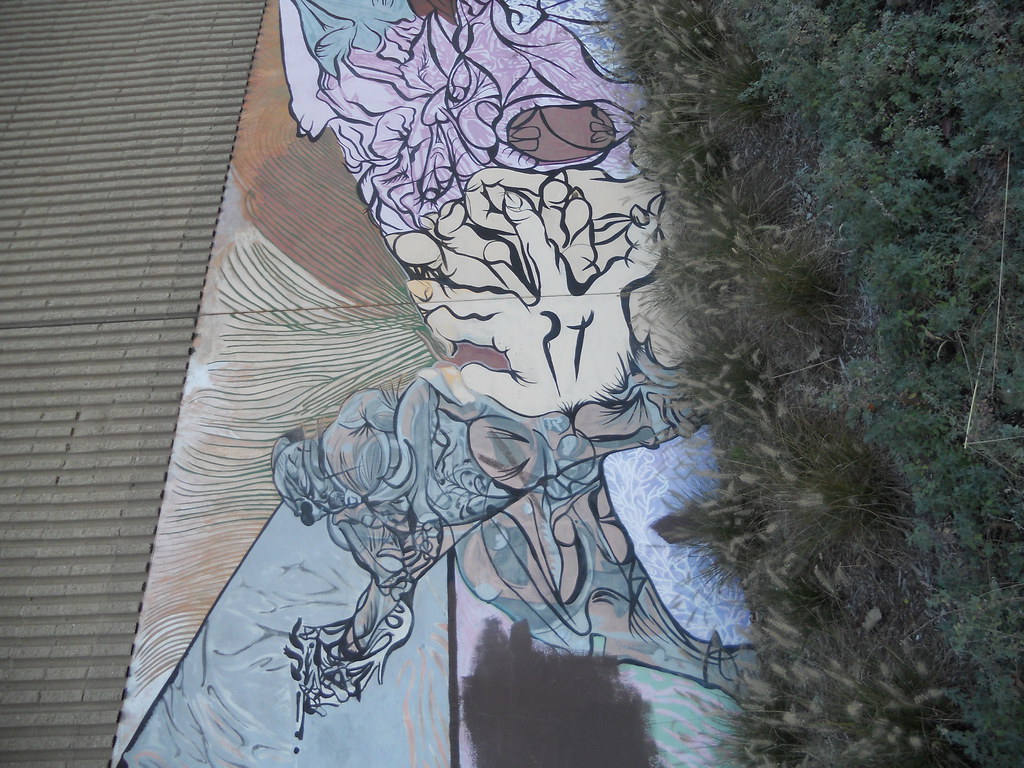
Chicago’s Pilsen neighborhood serves as an outdoor museum where Mexican-American heritage meets contemporary artistic vision. The murals stretch along 16th Street and beyond, telling stories of immigration, identity, and resilience through bold colors and powerful imagery.
Walking these streets feels like flipping through pages of a community’s collective memory, with each wall offering a different chapter of the neighborhood’s evolution.
Graffiti Alley
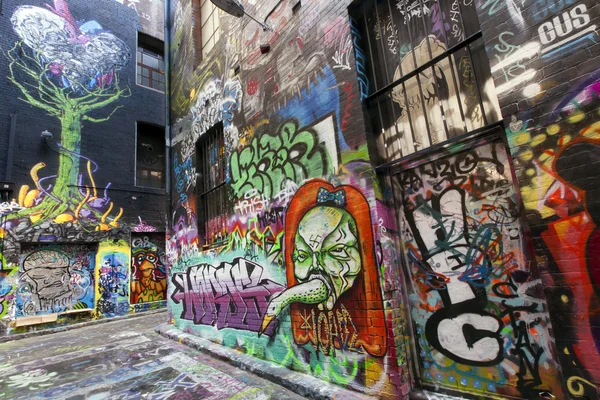
Detroit’s Eastern Market district houses this legendary alley where permission meets creativity spectacularly. Artists from around the world have contributed to this ever-changing canvas, creating layers of work that shift and evolve with each passing season.
The controlled chaos of styles—from photorealistic portraits to abstract geometric patterns—demonstrates how street art can thrive when given official support and community backing.
Like Travel Pug’s content? Follow us on MSN.
RiNo Art District
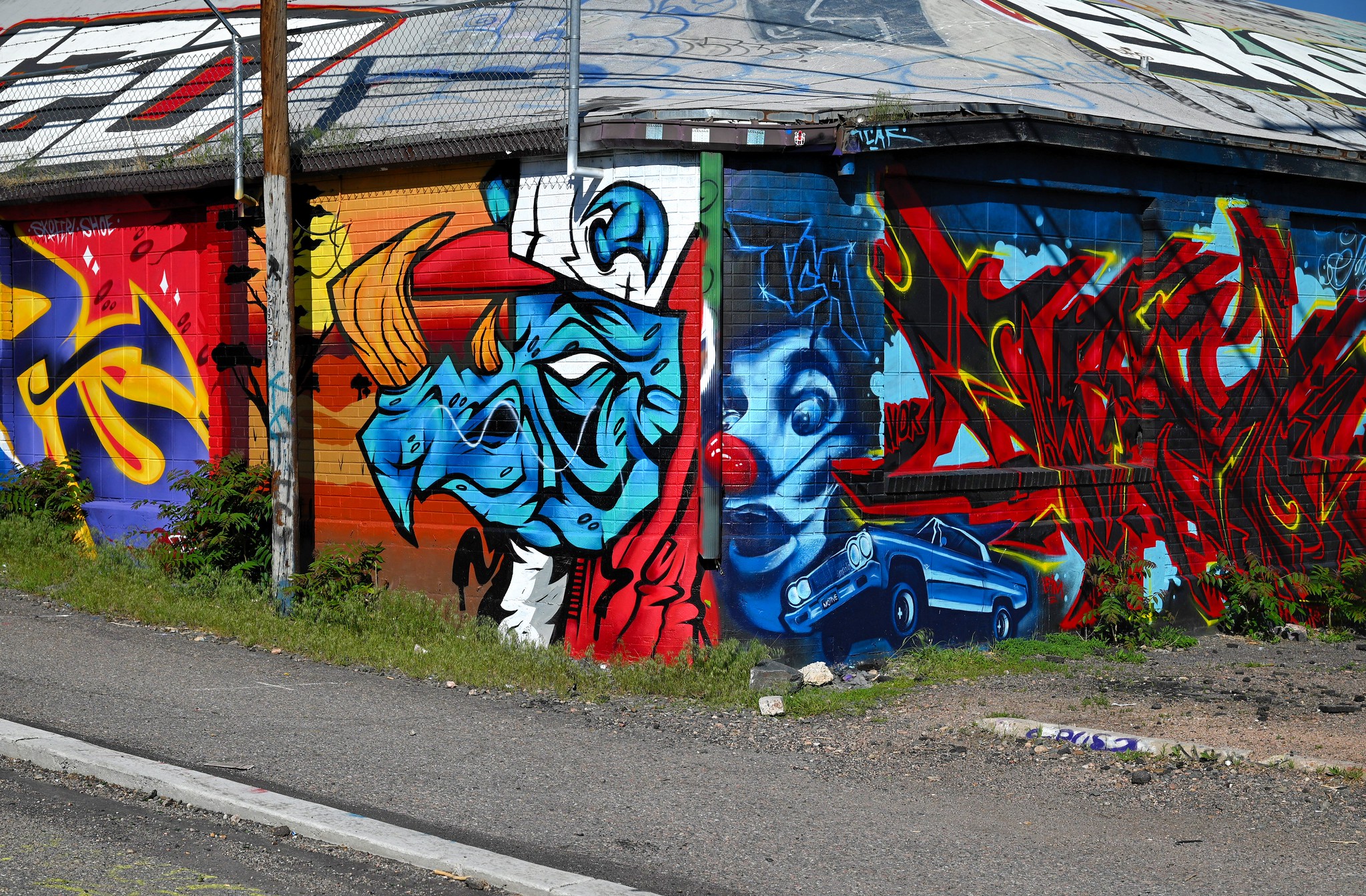
Denver’s River North Art District transformed from an industrial wasteland into one of the West’s premier street art destinations through deliberate urban planning and artist collaboration. The neighborhood’s warehouse walls now showcase everything from massive community-funded murals to smaller guerrilla pieces tucked into unexpected corners.
Monthly art walks draw thousands of visitors who come to witness how public art can completely reshape a district’s identity and economic prospects.
Blagden Alley
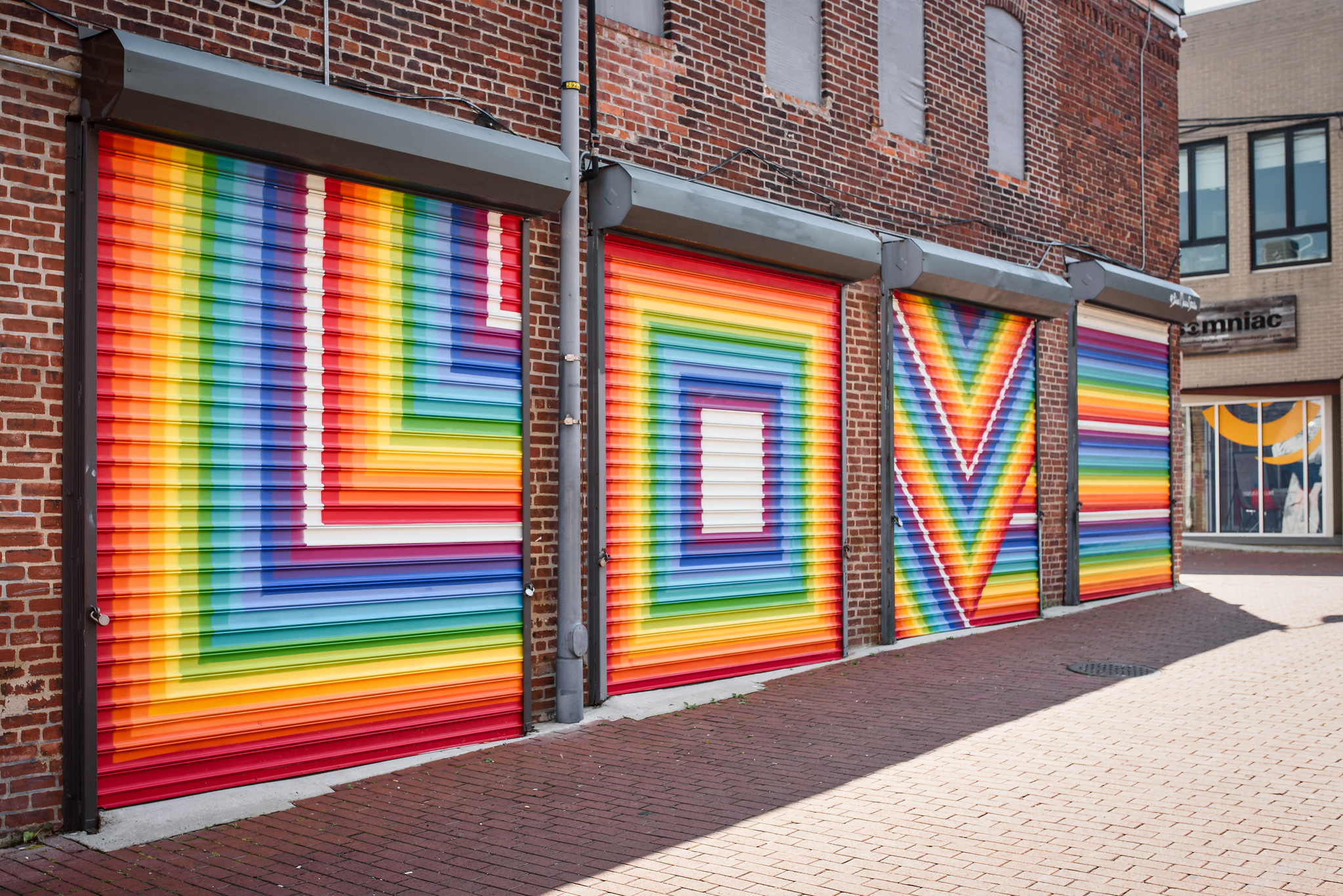
Washington D.C.’s Shaw neighborhood contains this narrow passage where street art meets gentrification in complex ways. The alley’s murals reflect both a celebration of the area’s African-American heritage and commentary on rapid neighborhood change.
Artists use this intimate space to engage with heavy topics through approachable imagery, creating conversations about urban development that might otherwise remain abstract.
Deep Ellum
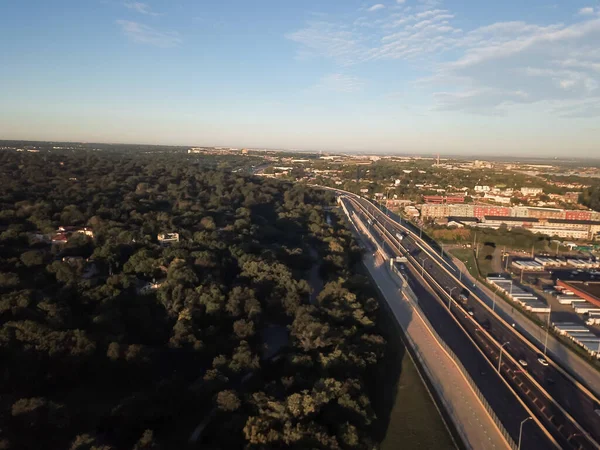
Dallas’s Deep Ellum district pulses with musical history and contemporary artistic energy spread across multiple blocks and connecting alleys. The area’s street art reflects its blues and jazz roots while incorporating modern themes of social justice and cultural pride.
Local businesses actively commission pieces, creating a symbiotic relationship between commerce and creativity that benefits both artists and the broader community.
Like Travel Pug’s content? Follow us on MSN.
Corktown Murals
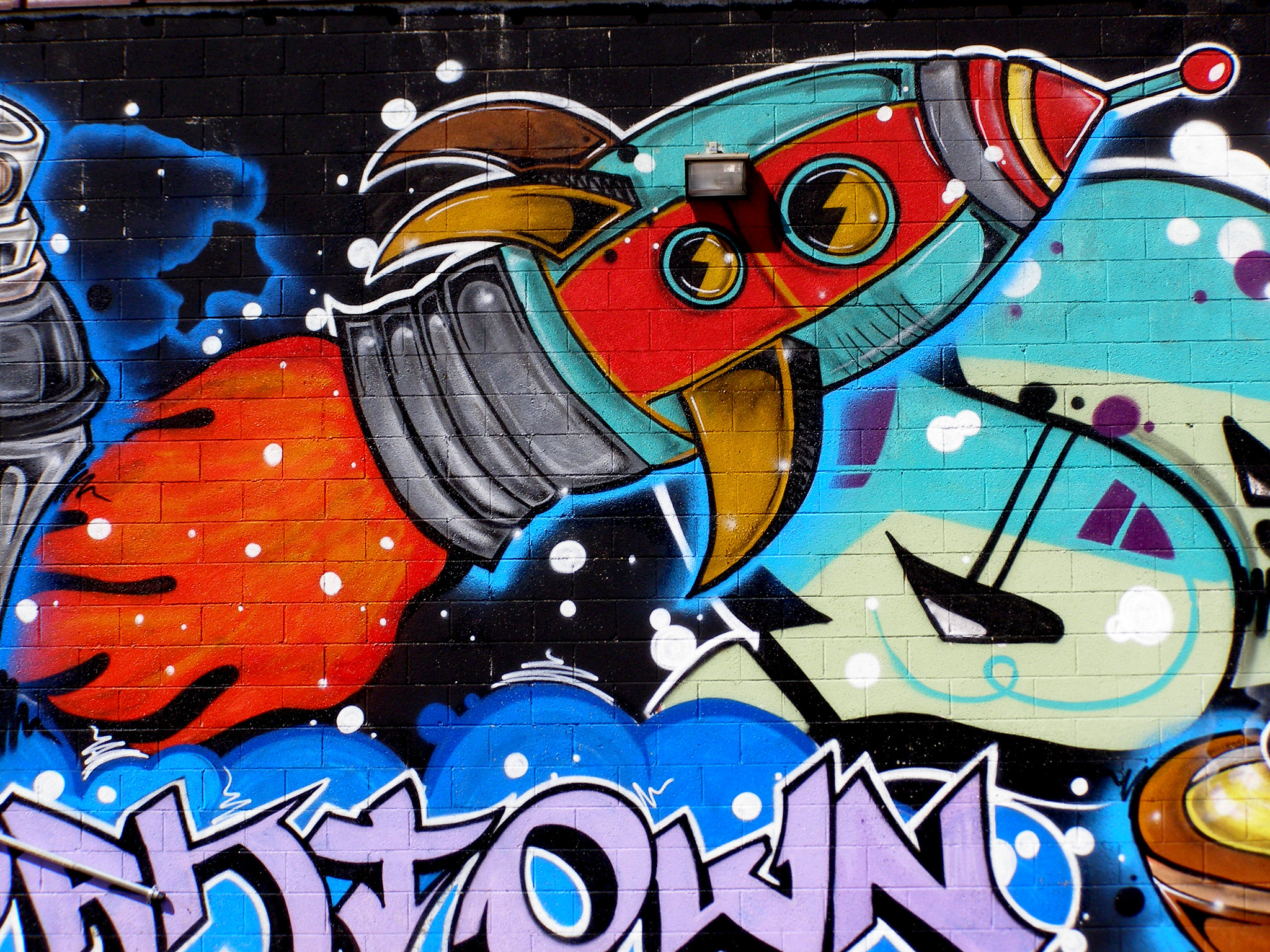
Detroit’s Corktown neighborhood demonstrates how street art can anchor community revitalization without erasing neighborhood character. The murals here celebrate both the area’s Irish immigrant history and its contemporary diversity through carefully curated public art projects.
Rather than random tagging, these pieces result from collaboration between longtime residents and newer arrivals, creating visual bridges across generational and cultural divides.
Short North Arts District
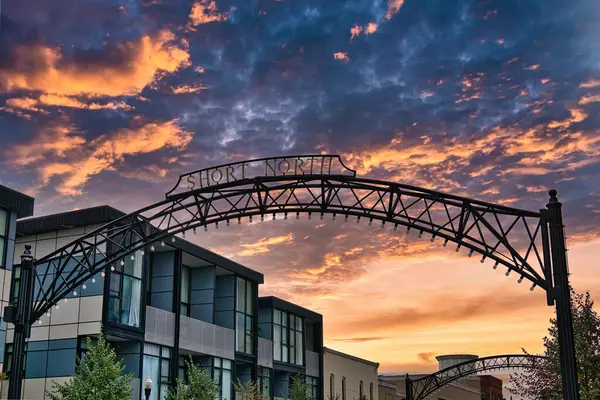
Columbus, Ohio’s Short North, transforms ordinary urban infrastructure into canvas space through its systematic approach to public art integration. The district’s alleys feature rotating exhibitions that change quarterly, giving artists regular opportunities to showcase new work while keeping the neighborhood visually fresh.
This model has attracted both emerging local talent and established artists from other cities who want to participate in the ongoing creative dialogue.
Mass Ave Cultural District
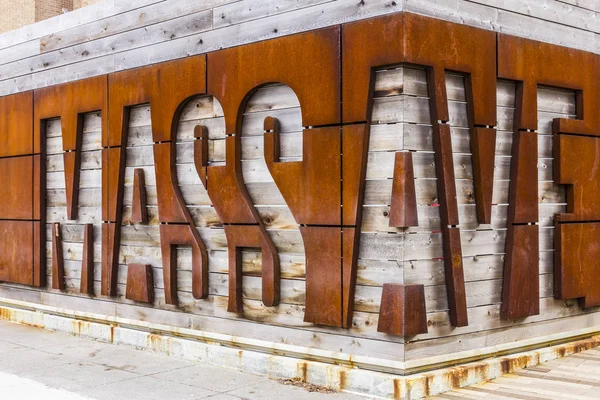
Indianapolis’s Massachusetts Avenue corridor integrates street art into broader cultural programming that includes live music, theater, and community events. The alley murals here often incorporate interactive elements—QR codes linking to artist interviews, augmented reality features, or spaces designed for public photography.
This tech-forward approach attracts younger demographics while maintaining the authentic, grassroots feel that makes street art compelling.
Like Travel Pug’s content? Follow us on MSN.
Crossroads Arts District
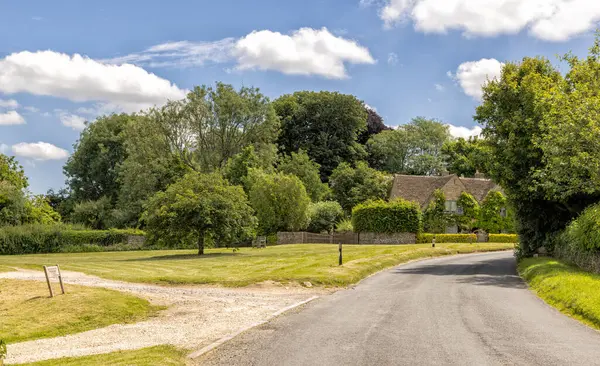
Kansas City’s Crossroads neighborhood balances historic preservation with contemporary artistic expression through strategic mural placement on buildings that might otherwise remain blank canvases. The area’s First Friday events bring thousands of visitors monthly to experience new installations alongside established pieces. L
ocal galleries extend into the streets, blurring lines between traditional art spaces and public creative expression.
Over-the-Rhine Murals
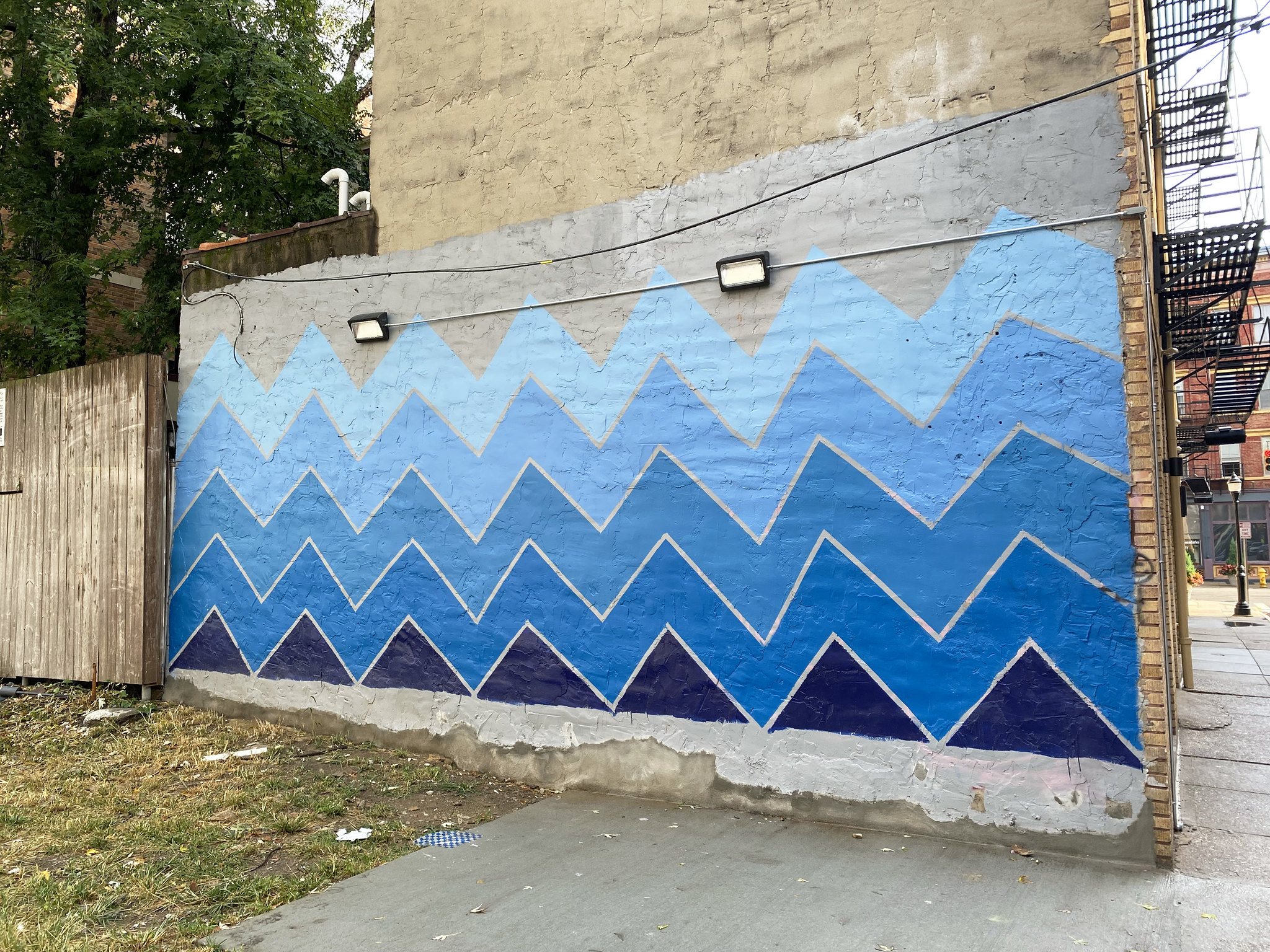
Cincinnati’s Over-the-Rhine district uses street art as part of comprehensive neighborhood revitalization that prioritizes existing residents alongside new development. The murals celebrate Appalachian heritage, African-American culture, and contemporary social movements through collaborative projects that involve community input from planning through completion.
This approach has created art that truly represents neighborhood voices rather than outside artistic visions imposed on local spaces.
Brady Arts District

Tulsa’s Brady Arts District emerged from deliberate city planning that recognized street art’s potential to attract creative businesses and young professionals to underutilize urban areas. The neighborhood’s alleys showcase regional artists alongside national touring muralists who participate in annual festivals and ongoing commissioning programs.
Local restaurants and bars have incorporated outdoor art into their marketing, creating economic incentives for continued artistic investment.
Like Travel Pug’s content? Follow us on MSN.
Fountain Square Cultural District
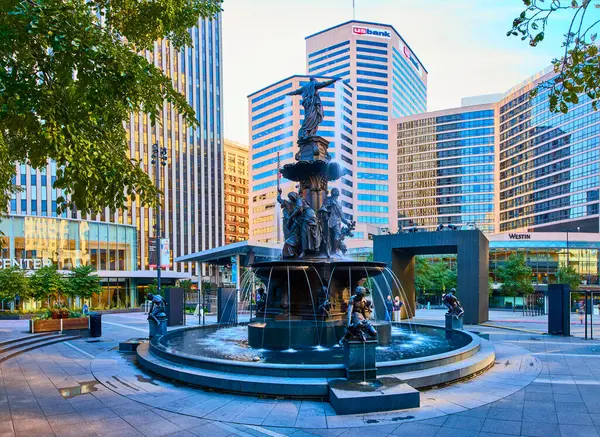
Indianapolis’s Fountain Square demonstrates how street art can preserve neighborhood identity while encouraging thoughtful development. The area’s murals reflect working-class heritage through contemporary artistic techniques, creating continuity between past and present that appeals to both longtime residents and newcomers.
Community organizations actively fundraise for new pieces, ensuring that artistic decisions remain locally controlled rather than developer-driven.
Washington Avenue Loft District
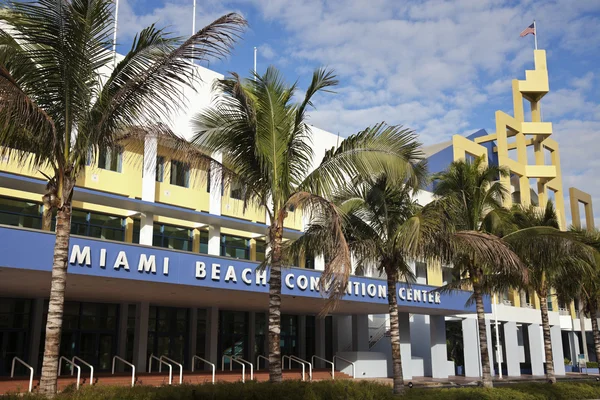
Minneapolis’s Warehouse District incorporates street art into broader efforts to maintain affordable artist housing and creative workspace in increasingly expensive urban areas. The neighborhood’s alleys feature work by resident artists who live and work in converted industrial buildings, creating an authentic artistic community rather than imported creative branding.
Monthly studio tours connect street art with indoor creative practices, demonstrating the full spectrum of neighborhood artistic activity.
Trolley Square
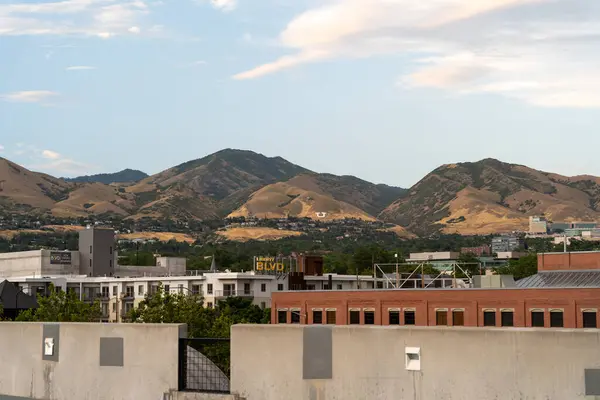
Salt Lake City’s Trolley Square shopping district uses street art to bridge the gap between commercial activity and cultural authenticity in a rapidly growing metropolitan area. The murals here celebrate both Mormon pioneer heritage and contemporary Western themes through artistic collaboration between local and regional creators.
The integration of public art with retail spaces has created a unique model for how street art can support rather than conflict with commercial development.
Like Travel Pug’s content? Follow us on MSN.
German Village Alleyways

Columbus’s German Village Historic District carefully balances preservation requirements with contemporary artistic expression through permitted mural projects on specific building walls. The neighborhood’s approach demonstrates how even historically protected areas can incorporate street art when community organizations work closely with artists and city planners.
The resulting pieces celebrate both German immigrant heritage and contemporary Columbus culture through visual storytelling techniques.
Pearl District Murals
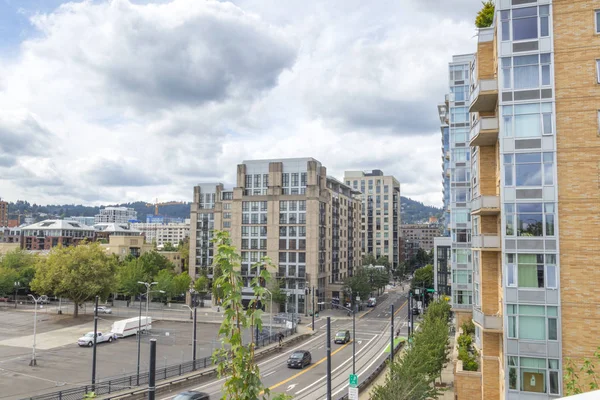
Portland, Oregon’s Pearl District showcases how former industrial areas can transition into mixed-use neighborhoods while maintaining artistic character through strategic public art placement. The area’s converted warehouse buildings provide large wall spaces for ambitious mural projects that complement rather than compete with commercial development.
Local art schools partner with established artists to create mentorship opportunities that keep the creative pipeline flowing.
Wicker Park Passages
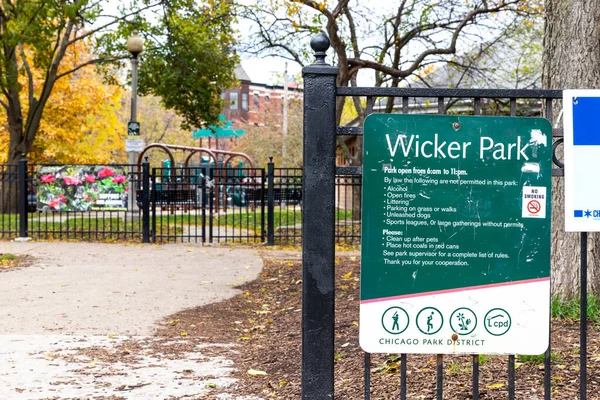
Chicago’s Wicker Park neighborhood contains multiple interconnected alleys where permitted street art coexists with organic artistic expression in ways that reflect the area’s alternative cultural roots. The murals here range from carefully planned community projects to spontaneous creative outbursts, creating layers of artistic activity that shift constantly.
Local music venues and independent businesses actively support the artistic ecosystem through commissioning work and hosting related events.
Like Travel Pug’s content? Follow us on MSN.
Brewery Arts District
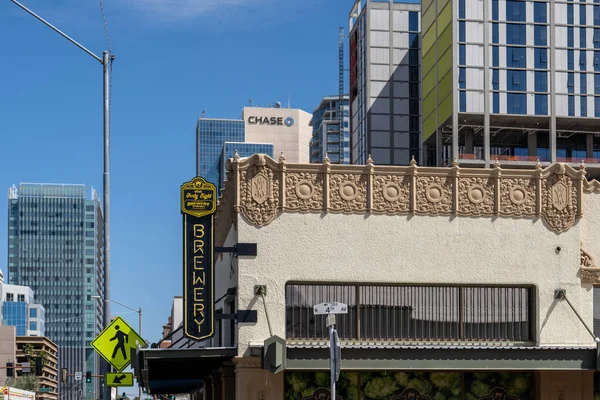
Milwaukee’s Walker’s Point neighborhood leverages its industrial brewing heritage to create artistic spaces that celebrate both craft beer culture and broader creative expression. The area’s murals incorporate beer-making imagery alongside social justice themes, environmental concerns, and community pride through artistic collaborations between breweries and local artists.
Monthly art walks coincide with brewery tours, creating cultural programming that supports both artistic and commercial activity.
Where Art Meets Community
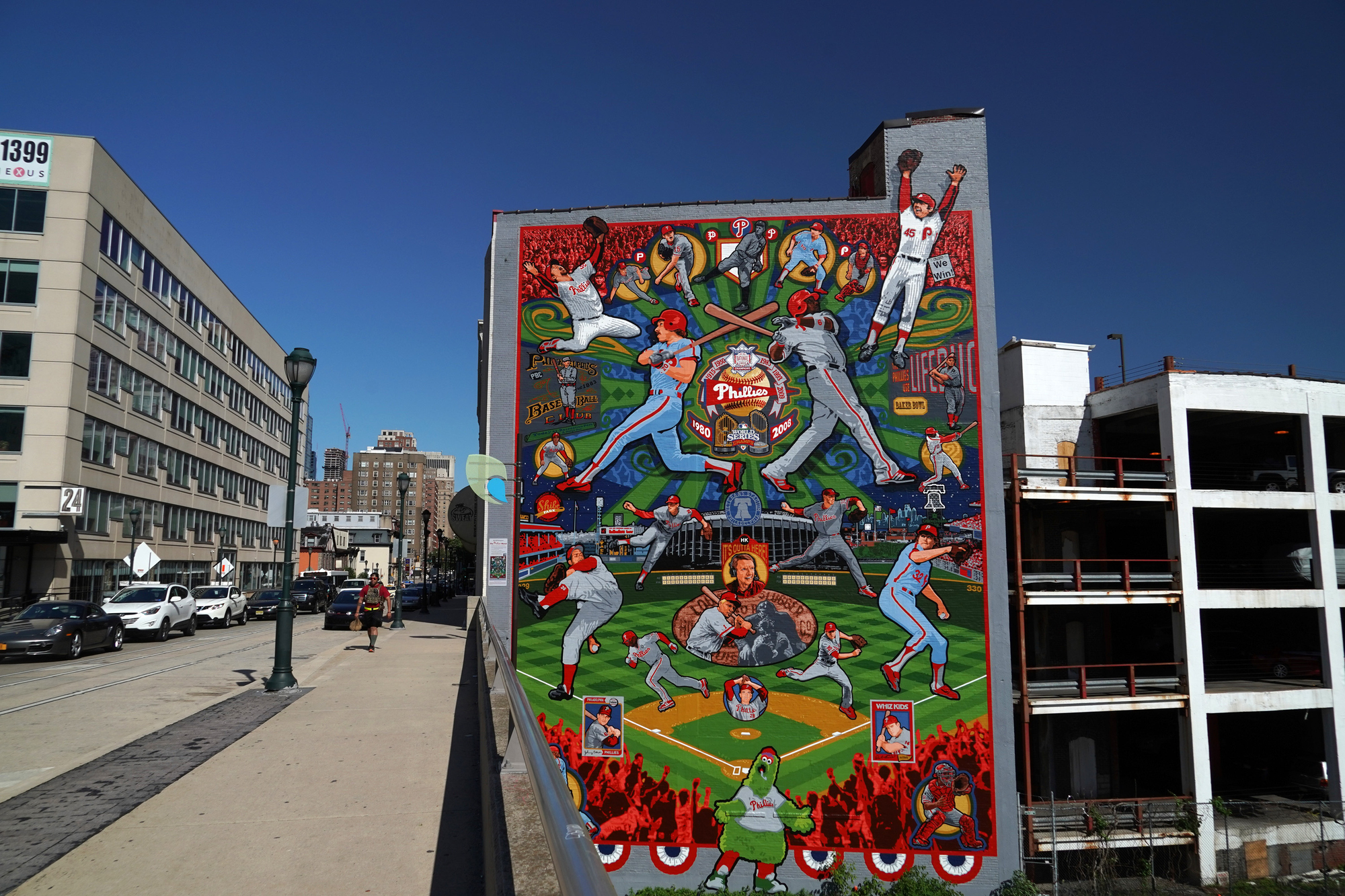
The Midwest’s street art scenes prove that authentic artistic expression can flourish anywhere communities decide to support creative risk-taking and cultural dialogue. These alleys represent more than just pretty walls—they’re spaces where neighborhoods define themselves through visual storytelling and collaborative creativity.
Whether you’re planning a weekend art crawl or looking for inspiration in your community, these destinations offer lessons on how public art can strengthen the places we call home.
More from Travel Pug

- 20 Best Beach Towns in the Carolinas
- 13 Destinations Where Tourists Regularly Regret Their Trip
- 20 Destinations That Are More Magical Without an Itinerary
- 20 Underrated Adventures That Belong on Your Travel List
- 20 Cities Where You Should Just Wing It, No Planning Required
Like Travel Pug’s content? Follow us on MSN.
